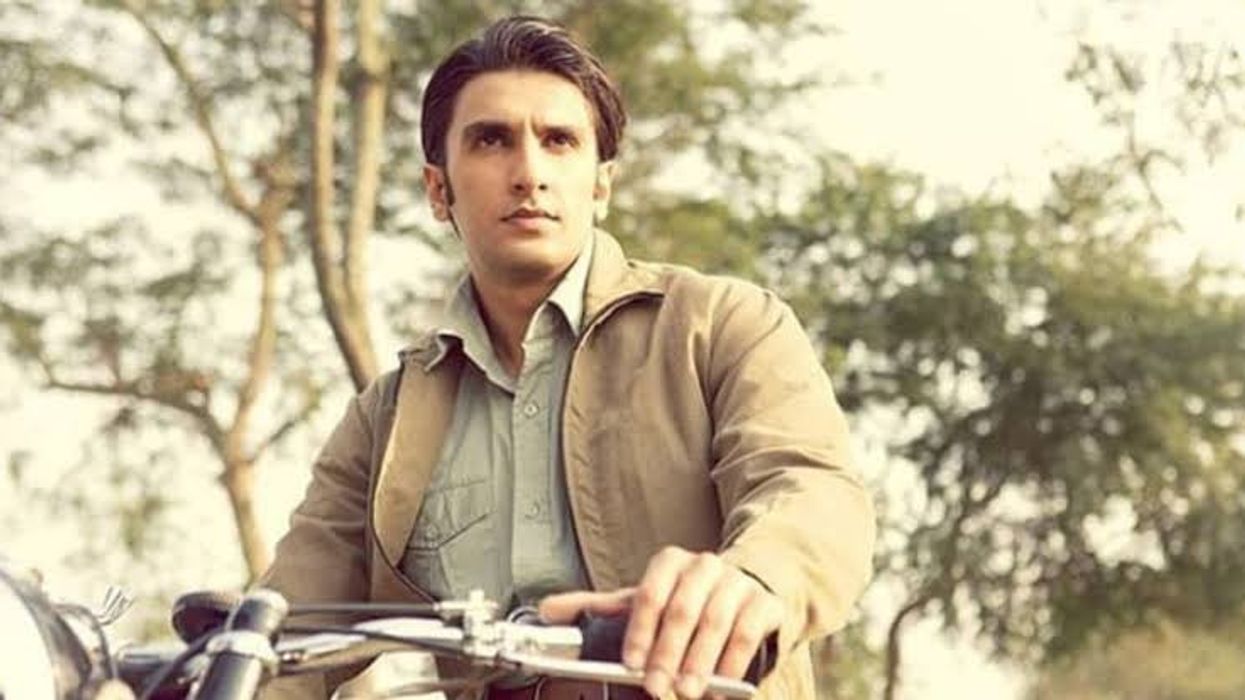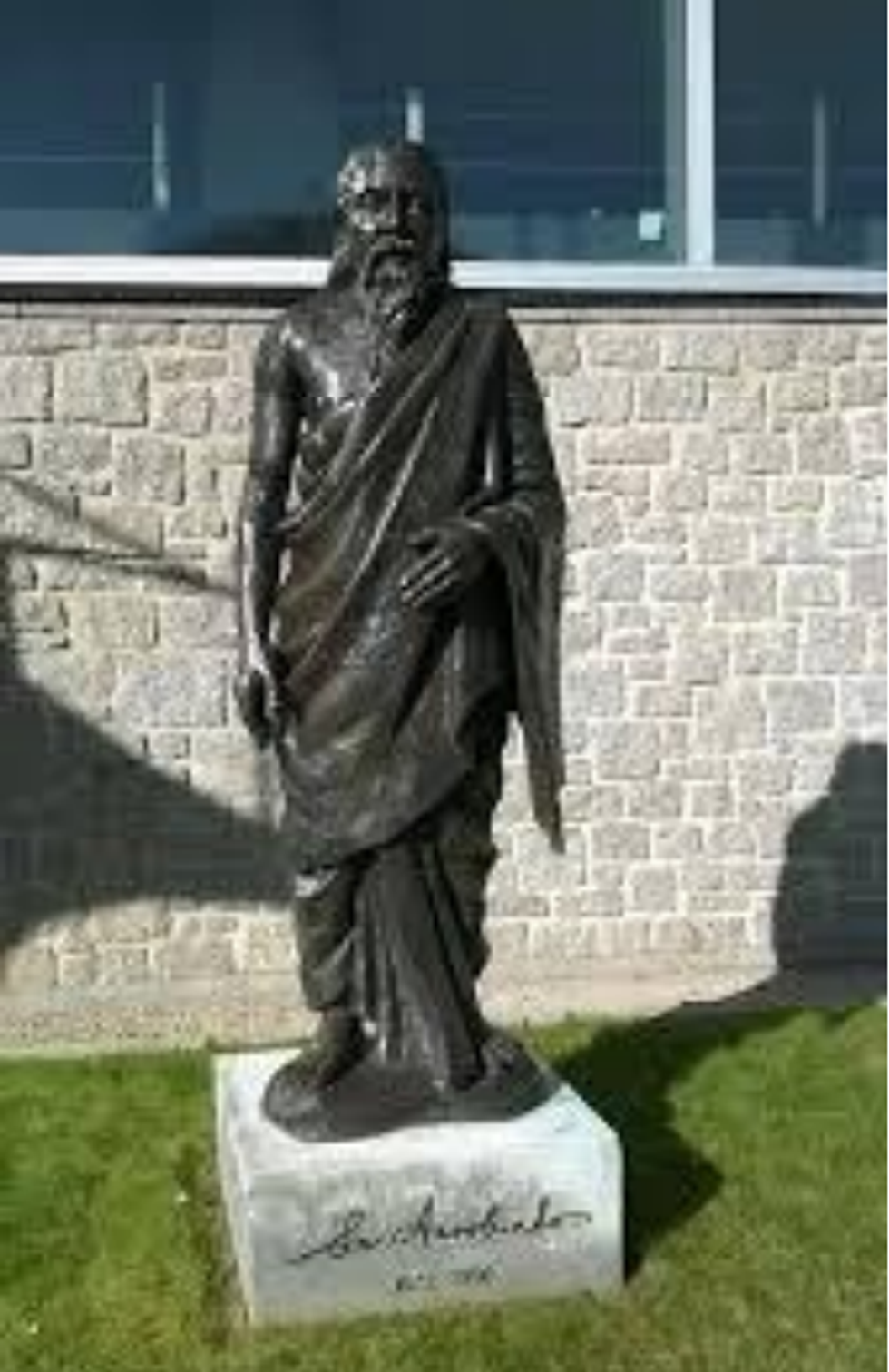by ANJALI MEHTA
THE most popular Bollywood genre with producers in recent years has been telling true-life tales based on actual events and ones with a patriotic subject have been the most dominant. While a lot of artistic licence is taken on these films, there are other true incidents with a story that is so extraordinary that they have more than enough drama for a movie.
A great example of this will be forthcoming film Bhuj: The Pride Of India, which is based on an extraordinary incident that took place during the Indo-Pakistan war of 1971 and involved 300 village women stepping up to save the day in the most unbelievable way.
The high-profile movie starring Ajay Devgn, Sanjay Dutt, Sonakshi Sinha, Nora Fatehi and Ammy Virk is due to be premiered on streaming site Hotstar later this year. To get you ready for the release,
Eastern Eye went back to revisit the original story it is based on and although Ajay Devgn is the lead star of the film, it is very much loaded with girl power.
On December 8, 1971, right in the middle of the Indo-Pak war, a squadron of Pakistani jets dropped bombs on a vital Indian airstrip in Bhuj and completely destroyed it, which meant combat aircraft couldn’t take off. Repairing the airstrip became a matter of urgency and 300 village women were recruited to fix it. The women from Madhapur in Bhuj stepped up without a second thought to repair the devastated airstrip, despite there being a danger of more such bombings.
The local village head asked the female labourers to step up and help the country, which they duly did. Squadron leader Vijay Karnik was also instrumental in recruiting the women at short notice and took the lead in what would become a game-changing moment in the bloody war. The brave women began work and were given quick training in evasive action in case there was a further attack. They were told to go hide in nearby bushes or bunkers if a warning siren went off and to cover the airstrip in cow dung while in construction to hide it from enemy planes overhead.
There was such a rush to do the emergency repairs that no food was available for the workers on the first day, but they powered through it. On the second day, a local temple brought over what little food was available and by the third day the bombed airstrip was fully functional again, which enabled the Indian aircraft to take off. The determined villagers worked hard during the three days and were taken care of by the air force officers, who were overseeing the work. The village women, who repaired the strip for the Indian air force, would later say they too felt like soldiers during those intense 72 hours.
Three years after the work was carried out, former Indian prime minister Indira Gandhi had offered the women gifts for their work, but they collectively refused the offer and said the work was carried out for their country. But their gallantry wasn’t forgotten and a gift of Rs50,000 was donated for a community hall at Madhapar at the time and a war memorial called Virangana Smarak at Madhapar village of Bhuj dedicated to the brave hearts was constructed decades later, which the surviving members proudly attended.
Now the story of the 300 brave village women, who stepped up to help their country, will be spread to a wider audience with new film Bhuj: The Pride Of India.
















 Heehs describes two principal approaches to biographyAMG
Heehs describes two principal approaches to biographyAMG